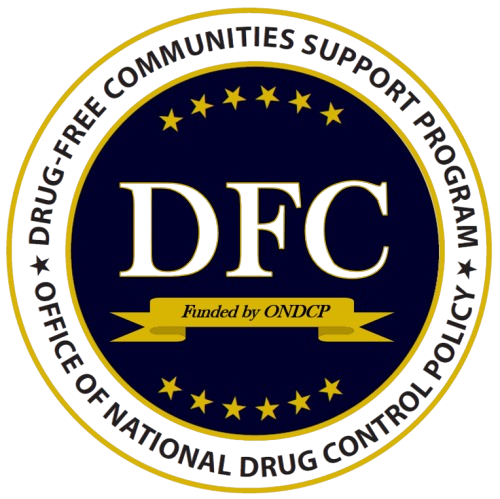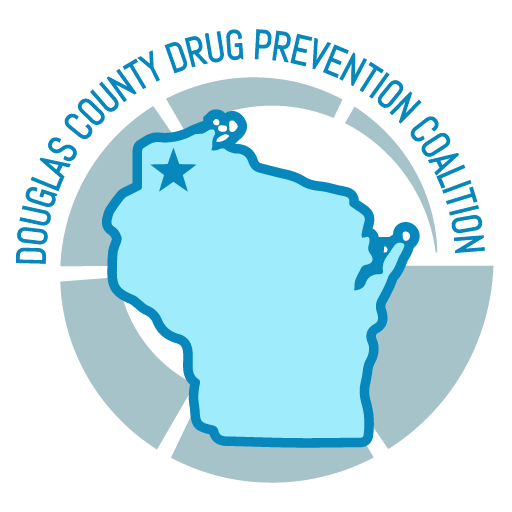Tobacco Is Evolving—And So Should Our Response
The tobacco industry isn’t slowing down—it’s shifting fast with new products, flavors, and sneaky strategies designed to reach youth. Many of these products don’t even look like tobacco, making them harder for parents to spot and even harder to talk about. But starting today, we can change that. Learn what to look for, how to start the conversation, and how to protect the next generation from getting hooked. Now’s the time to stay ahead and take action.
New Products. New Tactics. It's Time to Catch Up and Speak Up.
Tobacco is developing new products and tactics so fast, it’s tough for parents to recognize tobacco when they see it, and even tougher to talk to your kids about the terrible damage tobacco products can do. But that can change right here. It has to. Because the tobacco industry has already found ways to get around restrictions that banned a few flavored tobacco products and made it illegal to sell tobacco to anyone under 21. Tobacco is changing, faster than ever, parents. Let us help you keep up.
We have put together information from the main campaign of Tobacco is Changing that is being promoted by the State of Wisconsin. The information is broken down into a few sections: Get to know the new tobacco products, Know the tactics of the tobacco industry and Tips and Resources to help you and your family. Check out the buttons below!




